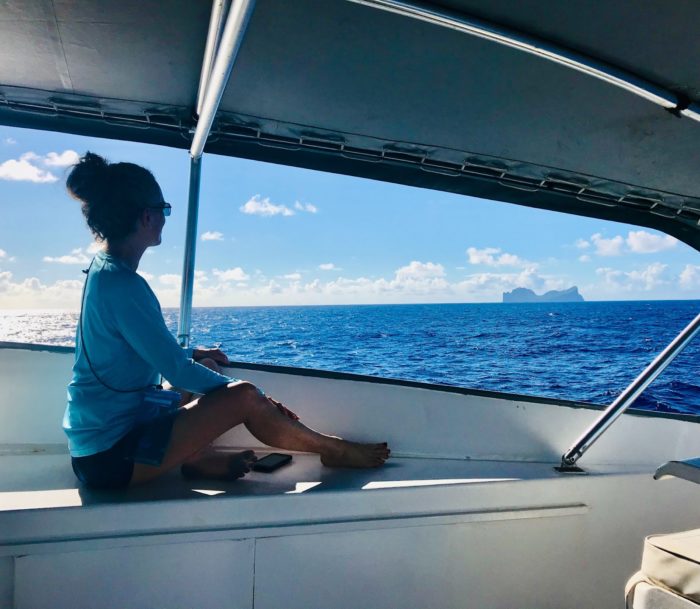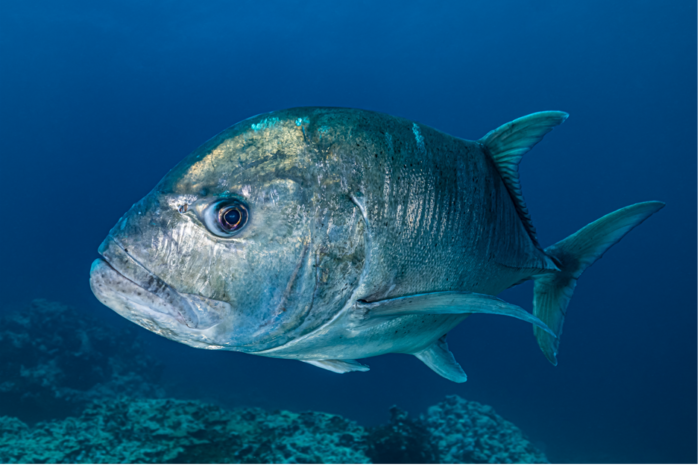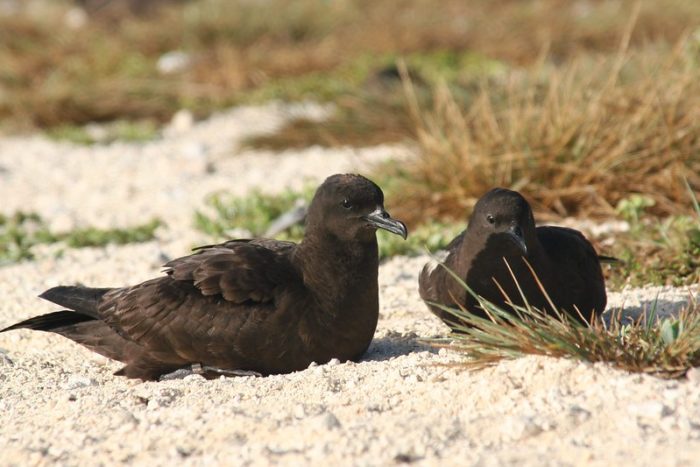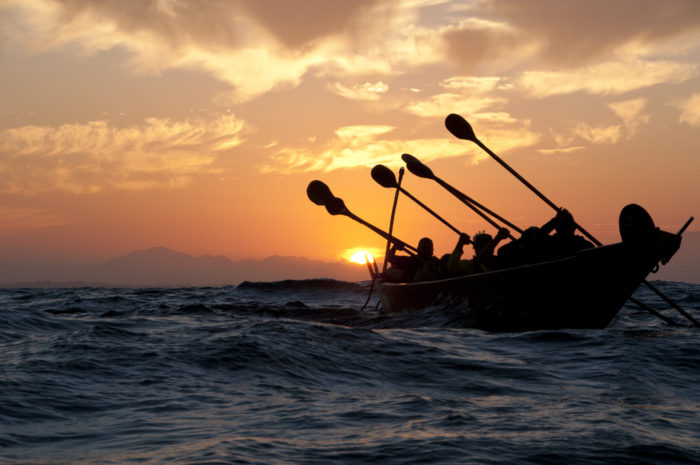Hawaii
Papahānaumokuākea
About
On January 16, 2025, a final rule to designate Papahānaumokuākea National Marine Sanctuary was published. The area will become a national marine sanctuary pending a congressional and state review period.
Designated (Marine National Monument): June 15, 2006
Expanded (Marine National Monument) : August 26, 2016
Designated (National Marine Sanctuary): January 2025
Area: 582,570 mi²
Papahānaumokuākea is the largest marine protected area in the Northern Hemisphere. Papahānaumokuākea protects one of the last pristine ocean environments in the world, is a sacred place with deep biocultural significance to Native Hawaiians, and safeguards the remains of those lost during World War II’s Battle of Midway.
Its extensive coral reefs are home to over 7,000 marine species, some found nowhere else in the world. Monument residents include endangered Hawaiian monk seals, sea turtles, whales, dolphins, 14 million seabirds, sharks, billfish, tuna and four species of duck unique to the region.
The destination’s role in maritime and cultural heritage is equally significant. Native Hawaiians regard the area’s atolls, islands, and waters as sacred places from which all life springs and ancestral spirits return after death. The ocean waters of the sanctuary were an ancient pathway for traditional voyaging and wayfinding and continue to be important in the Hawaiian Archipelago’s cultural voyaging seascape. Within the boundaries of the sanctuary are more than 60 known shipwreck sites representing centuries of America’s maritime history, including Midway Atoll, where the US forces irreparably damaged the Japanese fleet in the famous World War II Battle of Midway. Sanctuary designation will ensure the continued protection of this area’s deep biocultural significance to Native Hawaiians while safeguarding the final resting place of those lost.
Papahānaumokuākea was inscribed as a UNESCO World Heritage site in 2010, the first mixed-use world heritage site in the United States, and one of only 28 in the world at the time. The mixed-use inscription acknowledges both the unique natural and cultural features of the marine national monument, and the interconnectedness of those resources.
Papahānaumokuākea’s status as a marine national monument would not change under a sanctuary designation. The designation of a national marine sanctuary for the marine areas of Papahānaumokuākea would provide additional public education, outreach, and community engagement opportunities as well as regulatory and management tools to augment and strengthen existing protections for its ecosystems, wildlife, and maritime and cultural heritage resources. Read more about the publication of the final rule to designate Papahānaumokuākea as a national marine sanctuary.






